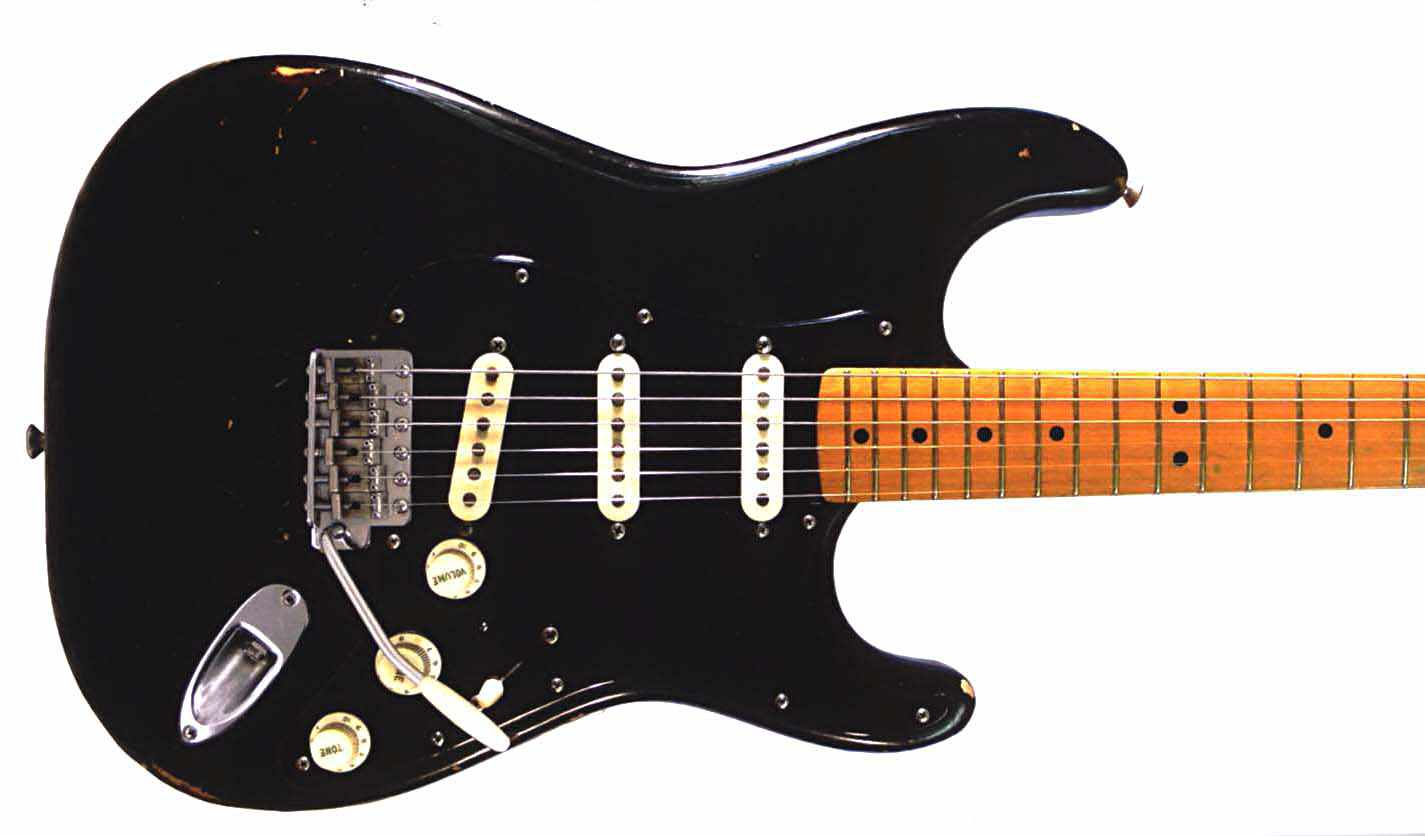I’m thinking about upgrading my W-Fi and I was curious what wireless access points (WAP) people are using. I’m currently using a Netgear R7800 running OpenWRT.
Fritzbox boxes.
They tick all the checkboxes
- good standards support (including dect protocol if you want to have an ip phone or even iot protocols)
- fast wifi speeds
- cheap (at least for the second hand in ebay)
- super stable, never had a problem with them in 5 years or more
- fast roaming support out of the box
It is a well known brand in Germany but pretty unknown outside that country. Honestly it is the best bang for buck I was able to get.
Honestly, I would spend 10 minutes checking on them
I really like them but they do have two downsides for “more advanced” users (or at least for me) - it is a home device as after all.
- No support for VLAN or VLAN tagging - you can set up you WiFi and a guest WiFi. You can also map the guest network to an Ethernet port. But that’s about it.
- There is no way to change the DNS suffix (*. fritz.box) to another value - I do own a domain that I use for the local services on my home server, etc. which then allows for Let’s Encrypt certificates, but I cannot use it “out of the box”.
If you’re an advanced user, there’s plenty of ways around that, though. I just wished that these two thing were to exist in the firmware to have less work with my home infrastructure.
Totally agree with the first point, it is a limitation, and the guest wifi sticking to a eth port is just a patch. One that works but still a patch.
But I don’t see the point of the prefixes. What do you mean? I also have a custom domain and a local dns server y can use the domain even internally. I just simple ignore that…
Yeah, I’m also using a local resolver. But since I had some problems using another DHCP server (which was probably a problem on my end), so I’m current setting some devices in my FRITZ!box to a fixed IP and then enter that in my DNS server. If I could just skip the second part and tell the FRITZ!Box to just resolve printserver.example.com instead of printserver.fritz.box - that’d be nice. Maybe I should do another try with a DHCP server soon.
2nd hand Ruckus.
They’re decent quality that you’d see in a commercial / enterprise setting (so PoE), but Ruckus also have their “Unleashed” firmware which removes the need for a WLC.
I have 2 in a mesh at home and easily support many IoT devices, phones, laptops, etc on multiple SSIDs
Used 2nd hand sounds great, but the price range online is huge. Which units would you recommend and about how much should I expect to pay for them?
I’m using R600 - these are now EOL, so their price should be more reasonable (ie <60 £/$/€) - up to you if you want / need to pay a little more for someone to have flashed Unleashed onto it.
But definitely check there’s a download of Ruckus Unleashed for the model you want.
Thanks. That’s helpful. I decided to get an R720 I found on Ebay for $60. I’m not sure if it was a good choice but I’m excited to try it out!
That looks like a better choice if you have multiple clients because of the Wave2 and 4x4, so, yes, should be good… Something I might look at in the future. Enjoy.
I’m using a couple of TP-Link EAP225 ceiling-mounted PoE access points, and one EAP235-wall wall-mounted one, connected to my old TP-Link Archer C7 router (with the antennas disabled) running OpenWRT.
I’d like to replace the router with something rack-mounted, but haven’t gotten around to it yet.
Unifi. I’ve got a box of APs as ewaste just sitting in the basement. Every so often I would get more ewaste from companies I work with.
I don’t need the most demanding of wifi systems. I hardwire most of my stuff whenever possible. And I have a fairly small home. A single AP on the main floor, 1 AP on the basement. 1 AP in the detached garage.
Most of my wifi devices are iot things on their own vlan.
I have one of the mikrotik hap things because it was cheap.
I have 2x Tplink EAP 610 access points. Linking back to an Opnsense virtualized router. The APs are great and Omada is fantastic - I’m running it in a docker container with no cloud access required.
I would go all Omada if I could but that would mean I’d need 3 POE Omada switches and I cant justify that cost at the moment.
And sadly Omada is years behind in their gateway/Firewall. OPNsense is far better in that regard, going back to a Omada gateway is like going back to a tricycle when you drive a car. Sadly.
I wanted cheap and OpenWRT, so I got some GLinet Shadows. It has it’s own GUI, but if you go into Advanced Settings, you get the usual OpenWRT Luci interface.
You can set them up as APs or repeaters, and have failover connections. Pretty versatile and easy to use.
Unifi U6 Mesh. Love the form factor
Warning about Unifi and mesh. I’ve done mesh using AC Pro, U6 Pro, AC LR. Any combination produces significant latency spikes that I couldn’t resolve no matter what. Support forums have reports of this problem too without an obvious solution. Maybe the U6 Mesh doesn’t suffer from this. Or maybe you haven’t noticed because you don’t have a sensitive workload. Either way, based on my anecdote, I’d caution against doing mesh with Unifi.
You know, I’ve always attributed it to wifi shenanigans. Never crossed my mind that it was a hardware fault.
Thankfully in my household I have a rule, if it’s not handheld, it’s s wired. So thankful we don’t have much issues with it
My guess is it’s software, since some of these devices have different SoCs. Wasn’t a huge problem. If I remember correctly, the latency was going into tens of ms but not hundreds of ms under load. That was significantly worse than an equivalent R7800 bridge (OpenWrt WDS) where latency increases insignificantly, but it isn’t bad enough to notice in most applications but things like FPS games. VoIP doesn’t like latency spikes but I think it needs hundreds of ms to appear as an audible problem.
RT-AX88U it has a ton on high end features
I use the Unifi access points. They work well and are fairly inexpensive. The management software can change settings on all of them at once, which is really handy if you have several.
Which ones do you have? Which ones would you get if you were buying now?
Not OP, I’ve installed a little bit of all of them for work, every form factor and version seem to be stellar.
I installed a bunch of Enterprise 7s at work and they’re super fast, but approaching chonky in size. Honestly, I really like the in-wall HDs They cover most of my house
The dream router is an excellent base to build upon. It provides all the normal functions (ethernet, wifi, router etc) as well as hosting the control software.
Unifi’s real power is when you expand it. The access points make extending WiFi coverage easy. You dont even need a wired link. It will link over WiFi, either as a primary or as a fall back. The flex mini is also quite handy. It’s a little poe powered switch. I have a couple tucked away providing extra ports around the house.
With my setup, I have detailed monitoring and control down to the port or wifi device. I can monitor and control things in detail, or get a high level view of my network.
Not OP, but I have one NanoHD upstairs, one IW-HD and one U6-IW. Basically bought them in that order when needed. The IW have the advantage to also act as Ethernet switch to a few devices like Apple TV and so on.
If you’re looking for top radio performance, not necessarily the fastest speed, get the Pro models, older gen / second hand if needed, especially if you have suboptimal physical conditions. E.g. concrete walls, metal, etc. I had AC Lite, AC LR and AC Pro in use at some point. All of them were very good but the Pro had the best overall radio performance. If you’re in a wooden house with drywall partitions, probably all would do well enough.
I had a few AC Pros in a 110+ year old house where other AP’s had issues with all the plaster & lathe walls. They worked great. I also have a couple of them installed at a non-profit org I volunteer with and everybody is very happy with how they work there as well.
After moving from that first house to a new one with a bigger footprint I upgraded to a pair of their U6 mesh AP’s, one at each end of the house. Never had any issues with them.
Aaah, good old plaster wire mesh, it’s kinda like a Faraday cage. I’ve lived in a condo with plaster walls and one room that had it all around was nearly impenetrable.
The U6LR is amazing but overkill. I use one to cover the house and hdnano to mesh with a uap-ac in an external building.
I use a MoCo bridge and two U6LRs to cover 1km of farmland.
What do you think about the U7 Pro?
Pro has issues such as disconnects for 2.4ghz and runs hot.
My access points are AC Lite and and U6 Lite. Those are discontinued though.
If I get more for inside, I would probably get the U6+. I am also thinking about getting one of the AC Mesh access points for outside. I’m not too worried about speed since anything that needs high speed is wired. I don’t have any neighbors, so I have all the bands to myself. If you are in an urban area, you should probably consider one with 6GHz support.
What are your thoughts on the U6+ vs U7 Pro? I’m not in an apartment so I probably don’t need 6 GHz? The U7 pro seems more modern and future proof, though but I do like the OpenWrt compatibility in case I don’t like stock firmware.
The U6+ will nearly max out gigabit with a 160MHz channel. The U7 Pro can provide higher speeds, but keep in mind there is only room for a single 240MHz channel on 5GHz. You will need 2.5G ethernet to take advantage of the higher speeds.
Interference from any other WiFi networks within your channel will slow things down a lot though. That makes running with channels wider than 80MHz difficult if there are any other networks in range.
It’s also really annoying if you only have one.
The AP works really well, so I put up with it.
I’m using 3 cheap routers that I bought used. They are all running openwrt and I have set up Dawn so that devices automatically switch to the best one. Wireless speed isn’t as important to me as coverage and this allowed me to cover my entire house and allow access to high speed ethernet from multiple different locations.
Dawn sounds very interesting. It seems to need 802.11k and 802.11v on all AP-nodes, I am not sure they are supported by my hardware though. I’ve never heard of those standards, so it seems unlikely.
I also just read about a user complaining about crashes related to dawn. Does it run stable and does it also switch to the 5ghz band or does it seem to prefer 2,4ghz, as another user noted three years ago.
deleted by creator
Just lookup cheap devices that you can purchase in your area and check here to see if it’s supported.
GL.Inet. OpenWRT at the core, and a solid hardware base to run on.
I love that GL.iNet stuff ships with OpenWRT (or apparently FreeRTOS in the case of the Thread border router I’m eyeing right now), but I wish they would make stuff like ceiling or wall-mounted PoE access points and rack-mountable wired routers. The form-factor is what stops me from choosing them over TP-Link devices that I have to flash OpenWRT onto myself.
I have two TP-Link EAP610, one EAP245, and one EAP615-Wall. The Omada controller runs on my home server in an LXC. Three of the units are powered by PoE, and the garage one is meshed in. I needed three in my house because the walls have chicken wire in them which blocks and reflects WiFi. It took some trail and error to get the WAPs in suitable locations. The main one in the basement is under a wall, such that it has line of sight into 5 rooms of the house. I used iPerf to test performance at the edges of each room, until I could get at least 300 Mbit reliably. That was the only way I could ensure that I was getting a direct signal and not a reflection off a wall.
Its not for everyone but I use Cisco Aironet APs with a virtual wireless LAN controller. Ubiquiti is popular among the community. They’re cost effective and work well in a home/small business environment. Aruba InstantOn are decent as well from my experience, but they’re cloud managed and this is self-hosted after all :)
I’ve extensively used Cisco, Meraki, Fortinet, Cambium, Aruba, Ubiquiti and Juniper in a professional setting. Avoid Fortinet and Cambium APs if you can, my experience is that they can be pretty unstable.
Generally speaking if you’re going to have multiple APs, you’ll want something that’s centrally managed so the APs are able to be aware of each other and manage clients effectively.
Omada APs, various versions. Really happy with them, their WiFi is great and unlike Ubiquity they also work without the controller as independent devices.






